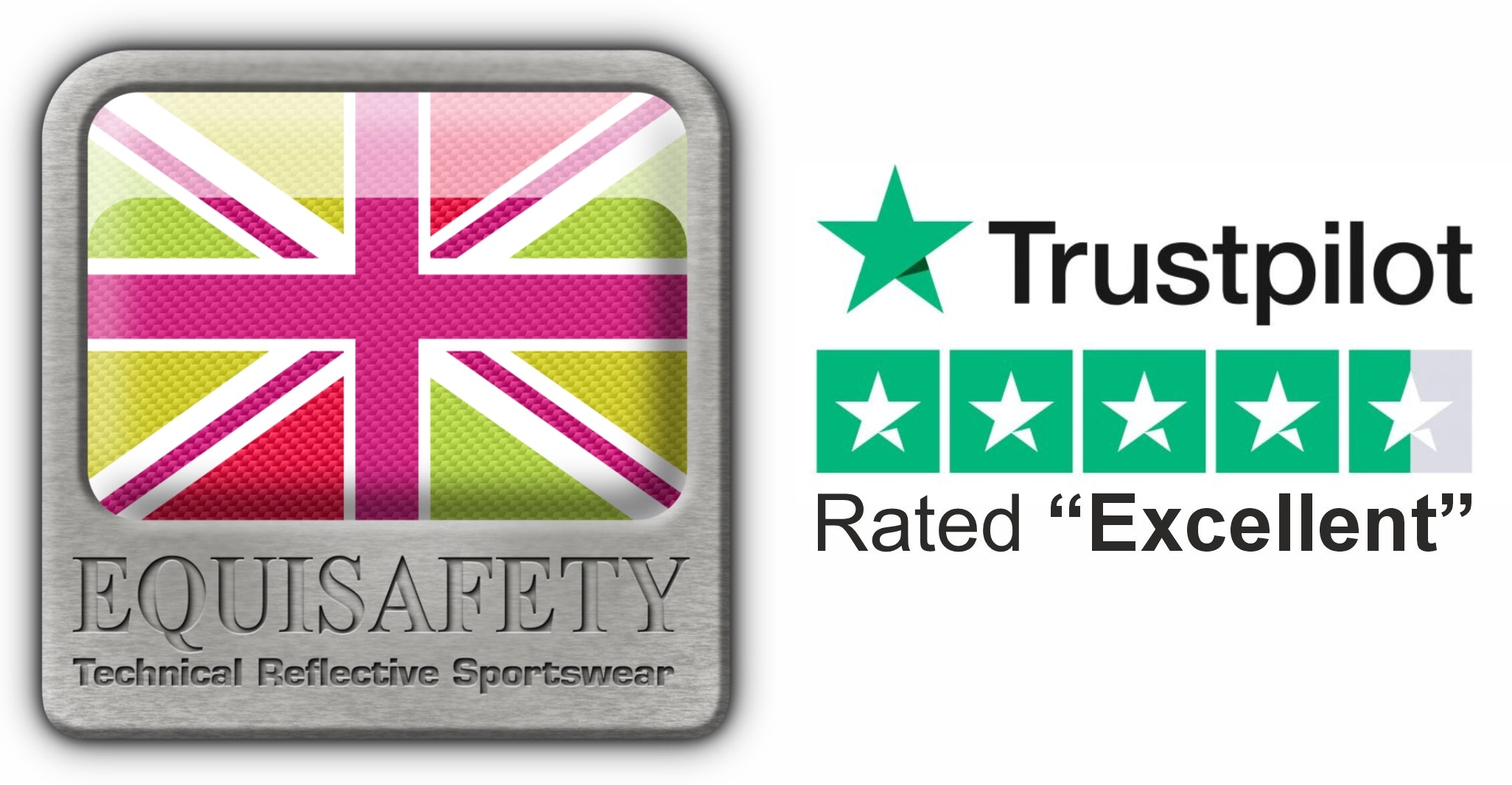Frequently Asked Questions
1. Why is safety a priority in horseback riding?
2. What role does protective gear play in riding safety?
3. What are some essential types of protective gear for horseback riders?
4. How can I choose the right protective gear for horseback riding?
5. What should be included in a comprehensive safety plan for riders?
When it comes to horseback riding, safety should always be a top priority. Whether you're an experienced equestrian or a novice rider, understanding the importance of protective gear can make all the difference in preventing injuries and ensuring a safe experience. In this article, we will delve into the various aspects of riding safety, focusing on the pivotal role of protective gear, particularly the use of equestrian back protectors.
Understanding Riding Risks
Riding is a thrilling and rewarding activity, but it does come with inherent risks. Accidents can happen, whether due to a sudden movement from the horse or an unexpected obstacle in the path. Here are some common risks faced by riders:
- Falls from a horse
- Being thrown off during a ride
- Injuries from collisions
- Unpredictable behavior of horses
Recognizing these risks is the first step toward taking proactive measures for safety. This is where protective gear comes into play, providing essential protection against potential injuries.
The Importance of Protective Gear
Protective gear is designed to minimize the impact of accidents and provide an additional layer of security for riders. Here are some key reasons why this gear is indispensable:
Impact Resistance
One of the most significant benefits of wearing protective gear is its ability to absorb and reduce the impact force during a fall. High-quality materials are often used in modern riding gear to ensure maximum protection. Equestrian back protectors, for instance, are crafted to shield the spine from significant injuries, which are quite common in the event of a fall.
Enhanced Visibility
Safety is not just about protection from falls; visibility plays a crucial role as well. Many protective clothing options come in bright colors or have reflective elements. This ensures that riders are seen by others, especially in low-light conditions. Enhanced visibility can be a life-saver on trails or roads where traffic is present.
Support and Comfort
Modern protective gear, including equestrian back protectors, is designed for comfort without compromising safety. They offer support to the rider's back, helping to maintain posture and balance while riding. Implementing this supportive gear can significantly enhance your riding experience while ensuring you are secure.
Types of Protective Gear for Riders
There are several categories of protective gear that every rider should consider incorporating into their riding routine:
Helmets
Arguably the most critical piece of gear, helmets protect the head from traumatic injuries during falls or accidents. Always opt for a helmet that meets safety standards and fits snugly.
Body Protectors
Body protectors, such as equestrian back protectors, safeguard the torso from impacts. They offer vital protection to the spine and ribs and should ideally be worn for activities with higher risk, such as jumping or cross-country riding.
Boots and Chaps
Proper footwear is essential. Riding boots provide ankle support and a firm grip on the stirrups, while chaps can protect the legs from chafing and other injuries. Both are designed to enhance the rider's connection with the horse.
Gloves
Gloves are not only useful for better grip but also provide protection in the event of reins slipping or other unexpected happenings. A good pair of riding gloves also reduce fatigue, allowing you to maintain a better hold on the reins for extended periods.
How to Choose the Right Protective Gear
Selecting the appropriate protective gear is paramount for maximizing safety while riding. Here are some tips to help you make informed decisions:
Consider Your Riding Style
Your choice of gear should reflect your specific riding activities. If you engage in disciplines such as jumping, opting for high-impact vests like equestrian back protectors is essential. For casual rides, less bulky gear may suffice.
Fit and Comfort
Always prioritize fit when selecting protective gear. Gear that is too tight may restrict movement, while gear that is too loose can shift during rides. Comfort is crucial to ensure that you can focus solely on riding without distractions.
Quality Over Price
While it may be tempting to go for cheaper options, investing in high-quality protective gear is beneficial in the long run. Quality materials ensure longevity and effectiveness in providing protection.
Advancements in Protective Gear Technology
The field of protective gear for riders has seen notable advancements. Technology is always evolving, leading to enhanced safety features in riding attire. Some of the innovations include:
Materials
Modern equestrian back protectors and other gear utilize advanced materials that are lightweight yet incredibly sturdy. These materials are designed to maximize comfort while providing exceptional protection, even in the most dangerous scenarios.
Breathability
Gear today is not just protective; it's also breathable. Many manufacturers now incorporate ventilation systems within protective clothing, allowing for airflow and comfort during extended rides in various weather conditions.
Creating a Safety Plan for Riders
Having protective gear is certainly vital, but it’s just one part of a comprehensive safety plan. Here’s how to create a thorough plan that promotes rider safety:
Pre-Ride Checks
Always conduct pre-ride checks, ensuring both the horse and the gear are in optimal condition. Check for any signs of tack wear and confirm the horse’s health status to avoid surprises during the ride.
Training and Education
Continual education on riding techniques and safety protocols cannot be overstated. Attend workshops, clinics, or lessons to stay updated on best practices that prioritize safety.
Emergency Preparedness
Having an emergency plan is non-negotiable. Make sure you know the fastest route to a veterinary clinic and keep a first-aid kit handy during rides. Familiarize yourself with basic emergency procedures in case of an accident.
Riding with Confidence
Ultimately, the goal of wearing protective gear, including equestrian back protectors, is to instill confidence in riders. Knowing that you're adequately protected allows you to focus fully on the joy of riding. Embracing safety does not detract from the fun; rather, it enhances it by allowing you to ride with peace of mind. Remember, a safe rider is a confident rider, and safety should always come first!
So gear up, ride smart, and enjoy the exhilaration of the equestrian world—all while prioritizing safety and well-being. Your journey into the riding adventures awaits, and with the right protective measures, every ride can be a safe and delightful experience.






